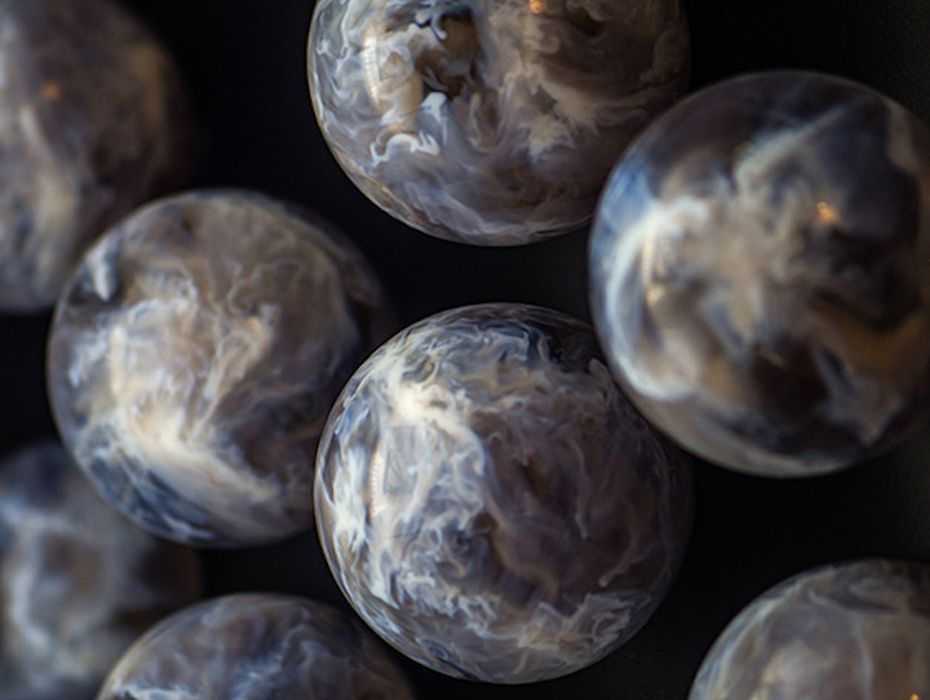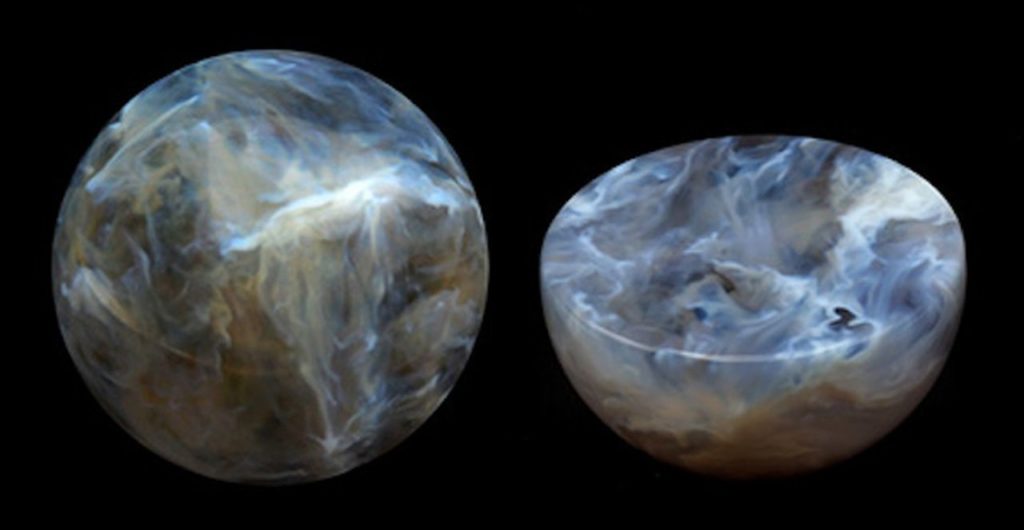
A new scientific 3D print application demonstrates the value of data in 3D printing.
Astrophysicts at the University of California Santa Cruz have made a highly unusual 3D print: stellar nurseries.
Of course, these 3D prints were not made in 1:1 scale. Instead, the 3D prints were 8cm transparent spheres, with the surface being highly polished to allow viewing of the internal structures.
That internal structure is of the greatest interest here. At first glance, they appear to be wispy flows of a mysterious nature. But in reality, they represent massive volumes of material in the galaxy.
These are staggeringly enormous clouds of gas and dust that, over eons, will eventually collapse into density sufficient to ignite stellar fusion, creating a brand new star.

Astrophysicist Nia Imara realized it might be possible to create a new type of visualization for this process.
She worked with others to create computational astrophysics simulations of the process, from which 3D data could be extracted. This data formed the basis of the 3D model that was used to 3D print the stellar nursery spheres.
Normally this information is displayed in 2D form on display screens, but that is like looking at a single slice at a time. However, with a 3D printed representation it is possible to “see” much more.
John Forbes of the Flatiron Institute’s Center for Computational Astrophysics said:
“Just aesthetically they are really amazing to look at, and then you begin to notice the complex structures that are incredibly difficult to see with the usual techniques for visualizing these simulations. Within the spheres, you can clearly see a two-dimensional sheet, and inside it are little filaments, and that’s mind boggling from the perspective of someone who is trying to understand what’s going on in these simulations.”

Imara said:
“If you have something winding around through space, you might not realize that two regions are connected by the same structure, so having an interactive object you can rotate in your hand allows us to detect these continuities more easily.”
I believe this application demonstrates an extremely important application for future 3D printing.
We are all familiar with a commonly-used practice: take the data and put it into a spreadsheet to create a chart.
We do this to enable our eyes and brain to interpret the shapes of the chart and develop insights that otherwise be invisible if just looking at data.
Here we have astrophysicists taking some data and putting it — not into a chart — but into a 3D print that represents the data. They can then look at the print — in 3D — and gain insights they otherwise would not have been able to obtain.
In other words, we could consider 3D printing to be another form of visualization for 3D data that should be used a lot more than it is today. Perhaps the producers of 3D modeling software might take this effect into account and rework their products to more easily convert data into 3D forms.
3D printing: the spreadsheets of the future.
Via UCSC
